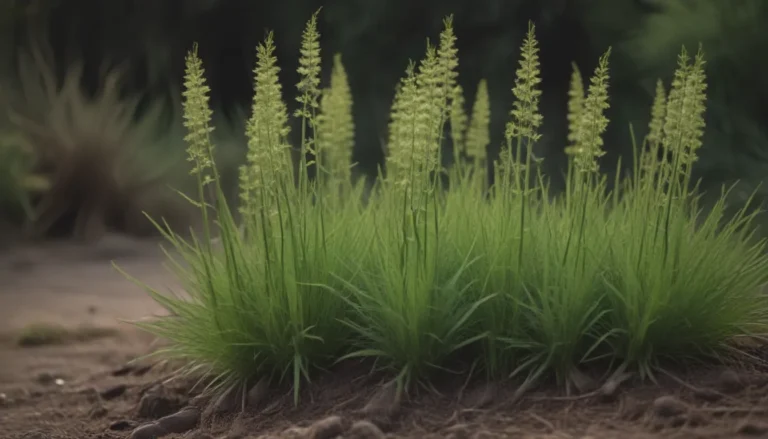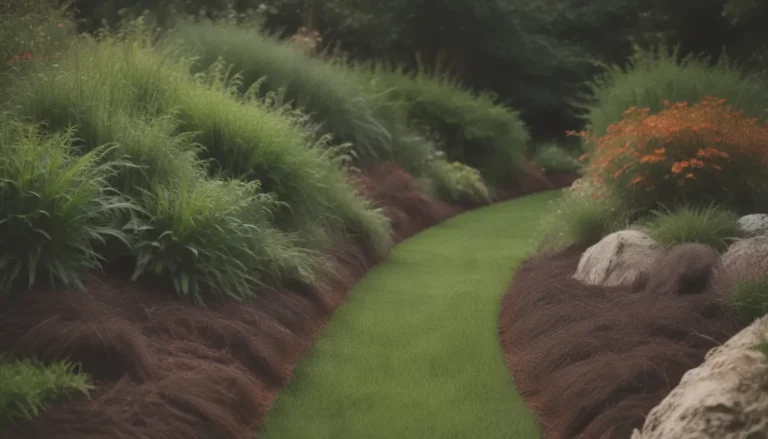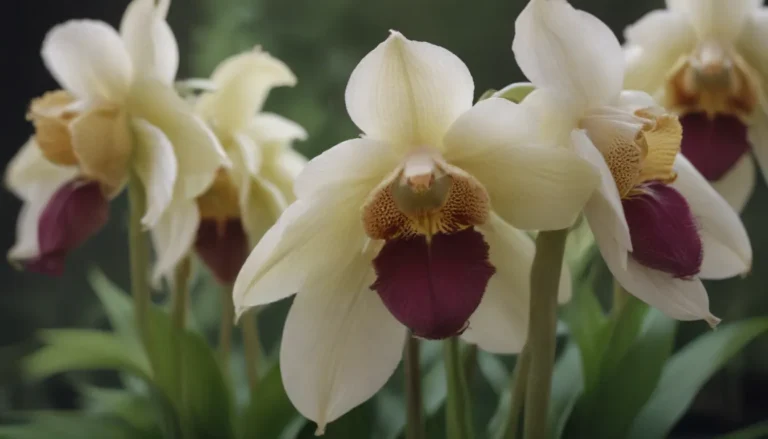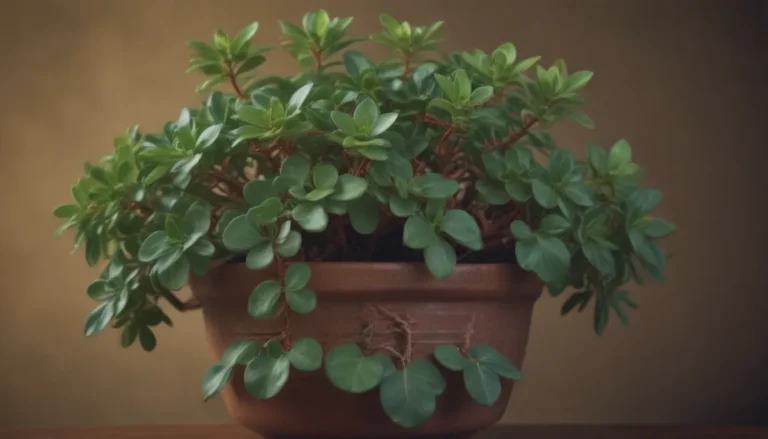The Ultimate Guide to Growing and Caring for Carolina Allspice
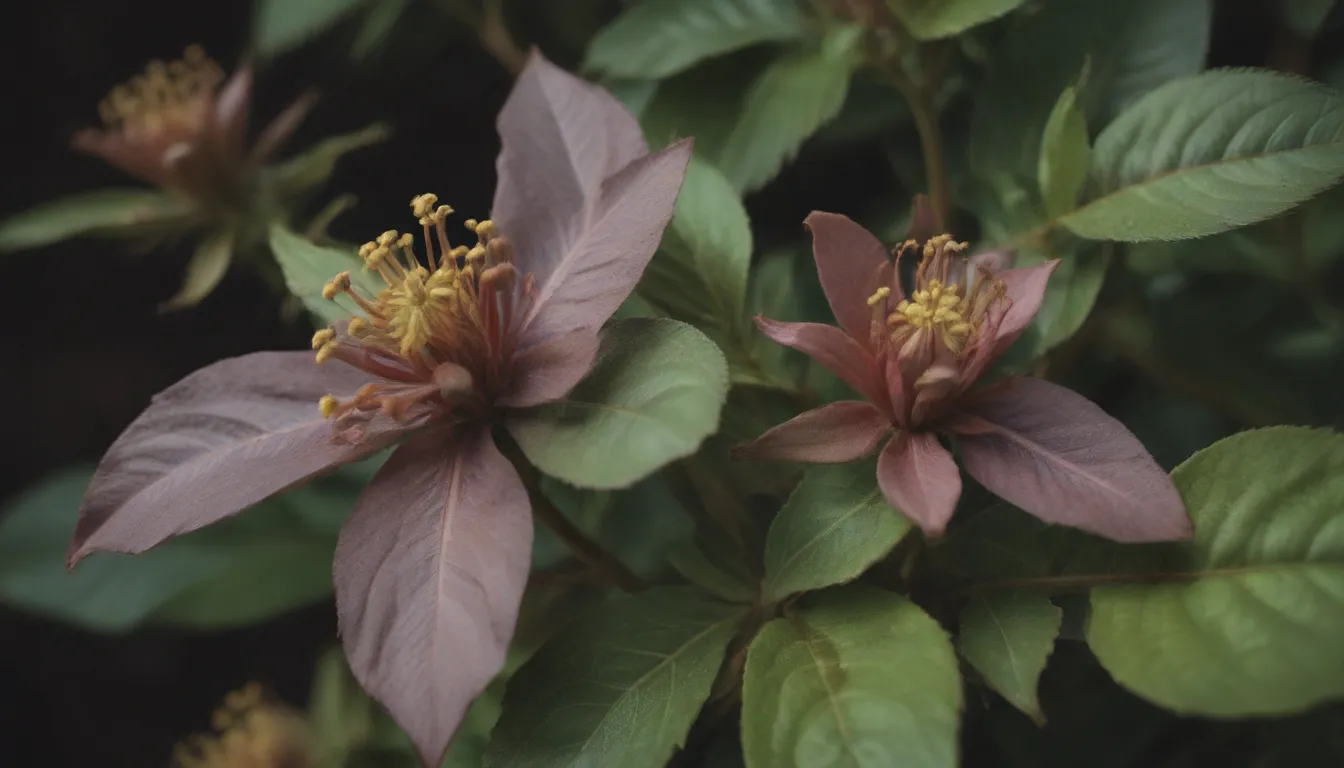
Carolina allspice (Calycanthus floridus), also known as spice bush or sweet shrub, is a beautiful and versatile shrub native to the Southeast U.S. This plant is a favorite in home gardens due to its ease of growth and stunning fragrant blooms. In this comprehensive guide, we will explore everything you need to know to successfully grow and care for Carolina allspice in your own garden.
Getting to Know Carolina Allspice
Carolina allspice is a unique and delightful plant that offers both beauty and functionality in the garden. Here are some key characteristics of this lovely shrub:
-
Appearance: Carolina allspice can grow up to 9 feet tall and spread up to 12 feet wide, making it an excellent choice for a hedge or specimen planting. The flowers, which are actually sepals that grow together in a floral formation, emit an intoxicating fruity perfume when in bloom.
-
Fragrance: The leaves and bark of Carolina allspice have a pleasant fragrance reminiscent of camphor or juniper. Traditionally, all parts of the plant were used to keep linens and clothing smelling fresh, and the plant is now popular for use in potpourri.
-
Variety: There are several cultivars of Carolina allspice available, each with its own unique characteristics. Popular cultivars include ‘Aphrodite,’ ‘Athens,’ ‘Burgundy Spice,’ and ‘Venus,’ reflecting the sweet fragrance and beautiful flowers of the plant.
Carolina Allspice Care
Carolina allspice is a low-maintenance shrub that thrives in a variety of conditions. Here are some essential care tips to help your Carolina allspice thrive in your garden:
-
Light: Carolina allspice can adapt to both sunny and shady locations, making it a versatile plant for any garden. However, it benefits from a good amount of sun in the winter in colder growing zones.
-
Soil: This shrub tolerates a wide range of soil types but requires good drainage. If you have heavy clay soil, amend it with peat moss, manure, and compost to improve drainage. Carolina allspice can grow in both acidic and alkaline soils.
-
Water: Carolina allspice needs a moderate amount of water, with extra watering only necessary during drought conditions. Mulching around the base of the plant helps retain moisture and regulate soil temperature.
-
Temperature and Humidity: Carolina allspice thrives in warm zones and does well near waterways. Providing winter protection in colder zones will help the plant stay healthy and vibrant.
Propagating and Growing Carolina Allspice
Carolina allspice can be propagated from cuttings or seeds, allowing you to expand your plant collection. Here are some tips for propagating and growing Carolina allspice successfully:
-
Propagating: While Carolina allspice can be grown from cuttings, it is best to start with a purchased plant for optimal results. Offshoots that grow from the base of the plant can be removed to start new plants.
-
Growing from Seed: Growing Carolina allspice from seed is a longer-term project that involves collecting seeds in the fall and planting seedlings in the spring. Patience is key when growing this plant from seed.
Common Pests and Diseases
Carolina allspice is generally resistant to pests and diseases but may encounter a few common issues. Here are some steps to take if you notice pest or disease problems with your Carolina allspice:
-
Bacterial Crown Gall: This disease is characterized by bumpy, warty growths at the base of the plant. Infected plants should be removed and destroyed to prevent the spread of the disease.
-
Powdery Mildew: Proper air circulation is essential to prevent powdery mildew. Ensure your plant has adequate space to grow and prune it to thin out dense growth.
-
Insect Infestations: Carolina allspice may be susceptible to aphids, white flies, and bark beetles. A strong spray of water or insecticidal soap can help control these pests.
Overwintering and Potting
In colder zones, Carolina allspice may require winter protection to thrive. Applying mulch or pine straw around the base of the plant can help insulate the roots from freezing temperatures. Repotting every 2 to 3 years is recommended to prevent root crowding in container-grown plants.
By following these care tips and guidelines, you can enjoy the beauty and fragrance of Carolina allspice in your own garden. Whether you choose to grow it as a hedge, specimen plant, or potpourri ingredient, Carolina allspice is sure to bring charm and delight to your outdoor space. Happy gardening!
